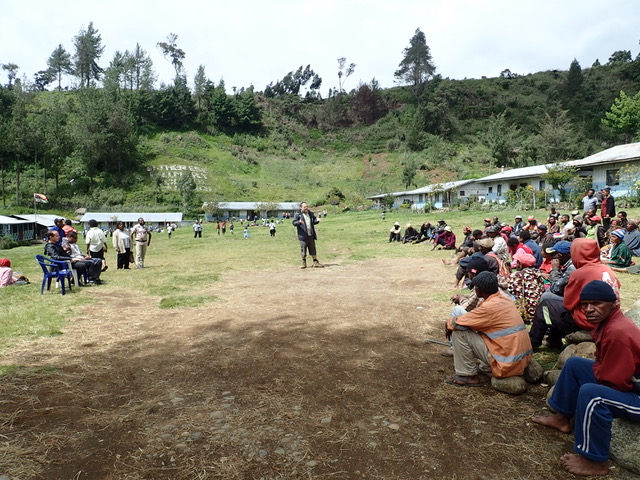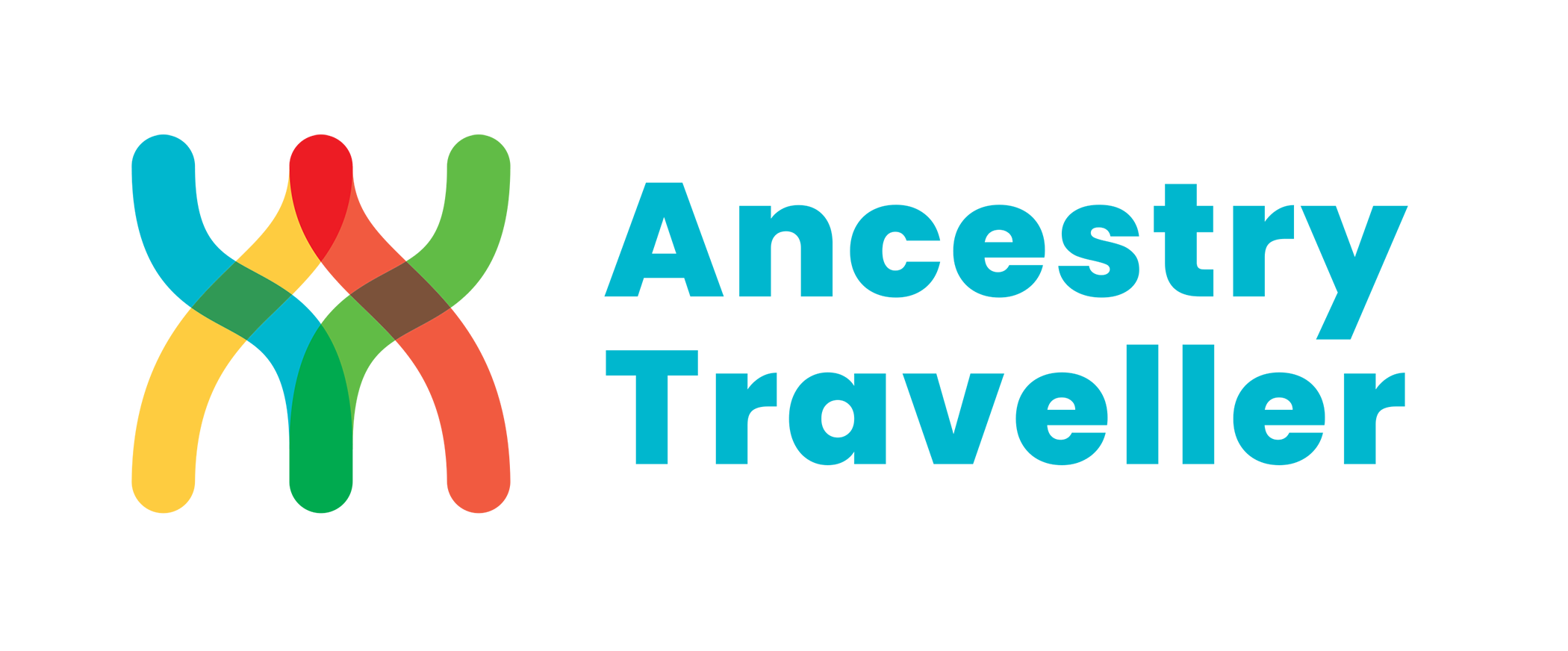François Xavier-Ricaut, Biological anthropologist
National Centre for Scientific Research (CNRS) in the Department of Evolution and Biological Diversity at the University of Toulouse.
Indigenous communities are the foundation of any scientific research investigating the cultural and biological history of human populations. Interactions with indigenous communities, with their agreement, enable researchers to collect data and indispensable knowledge to guarantee the long-term success of a project. Across the world, from the forests of Papua New Guinea to the banks of the Douro River, this collaboration is crucial to better understanding human history. However, it can take many years before the appropriate practical and ethical conditions are set up for fieldwork within Indigenous communities in a foreign country.
We started collaborating with a colleague from the University of Papua New Guinea in 2011. However, we never thought it would take 5 years before our first fieldwork with Indigenous communities from the East Sepik and Highlands regions would take place. We first had to find a local scientific partner with whom to collaborate, then get support from his university to submit a research application to obtain the agreement of the National Research Authority of Papua New Guinea (PNG) (ethical agreement) to start our project. This ethical agreement allowed us to obtain a research permit from the National Ministry of Research of PNG. These permits have to be renewed every 3 years. The second step was to ensure the support of my research institution and the research ministry in my country, to allow me to pursue this project (e.g., import samples to the French national territory, agreement from the French data protection authority, and compliance with Nagoya Protocol on access and benefit-sharing https://www.cbd.int/abs/about/ ). The third step was to apply and secure funding to conduct the research project, and to cover the costs of fieldwork, laboratory analyses and the salaries of our collaborators. Finally, once all these administratively-heavy steps were overcome, the fieldwork could start.

Community meeting in the Highland Manim village to present and discuss the project
In 2016, after 30 hours of flights, the plane landed at the Port Moresby airport in Papua New Guinea. In the following hours, oral presentations and discussions about the project with the students and staff of the University of Papua New Guinea were continuous. The rest of the day was used to gather field equipment (camping equipment, satellite phones, sampling kits, etc) and talk to students and staff that would join us in the Highlands and Sepik region. A flight the next morning took us to the Highlands and the town of Mont Hagen, where we flew with the Mission Aviation Fellowship (MAF) in a small ten-seater plane (Caravan) to the Karawari airfield (East Sepik Province). Then we rode for 6 hours in a wooden canoe, dug out of a whole tree trunk, driven by our local informant, up the Karawari and Arafundi rivers, to Auwim village.
In the afternoon we held a meeting with the Auwim village to present our project and to discuss the organization for the coming weeks. We explained how our research could serve the community, and how we could incorporate Indigenous knowledge into our project (e.g., local kinship system versus genetic kinship, knowledge about the use of rock shelters and rock art practices). Today, research involving indigenous communities is becoming a more equitable and less extractive activity. Discussions among community members and exchanges with researchers can take several days before a conclusion is reached. This process is repeated in every new village. So far, we have always been invited to carry out our research.

Community meeting in the Awin village to present and discuss the project
A discussion with each individual willing to participate in the project ensures that the project is fully understood. Once participants had signed informed-consent forms, we interviewed them to obtain information on their date and place of birth, their spoken language(s), their way of life and similar data related to their genealogy to establish local ancestry. We also collect saliva samples for future DNA analyses. In each village and local community centre (school or health centre), we collected information and samples from 20 to 100 unrelated individuals.
One or two years later some of us returned and discussed the results with local communities, local leaders/authorities, and scientific institutions. We also invited indigenous people who played key roles in the community to convey our findings back to the local communities; and, prevent any “self-identity” problems by explaining results at the community and not individual level. Moreover, the local communities that we have visited have a clear understanding that “scientific” and traditional stories can exist side by side. Once trust is built between researchers and indigenous communities, a project can advance for decades.

Community meeting in the Kombugl village to present and discuss the project
Interest in our own history as an individual or community members is something we all share, and that clearly creates bridges between researchers and local participants. Inclusion of Indigenous communities in our research project is not a token gesture, but a condition for the long-term success of the project in the respect of all its participants.
Nature 601, 285-287 (2022) : doi: https://doi.org/10.1038/d41586-022-00029-2


